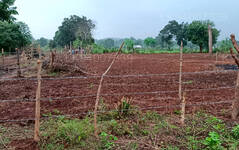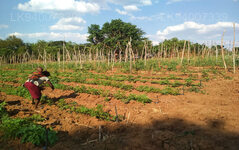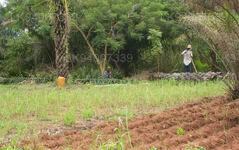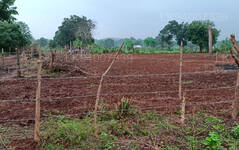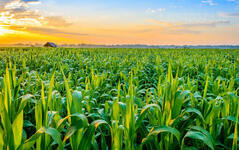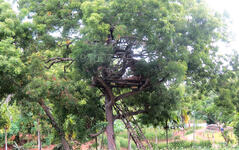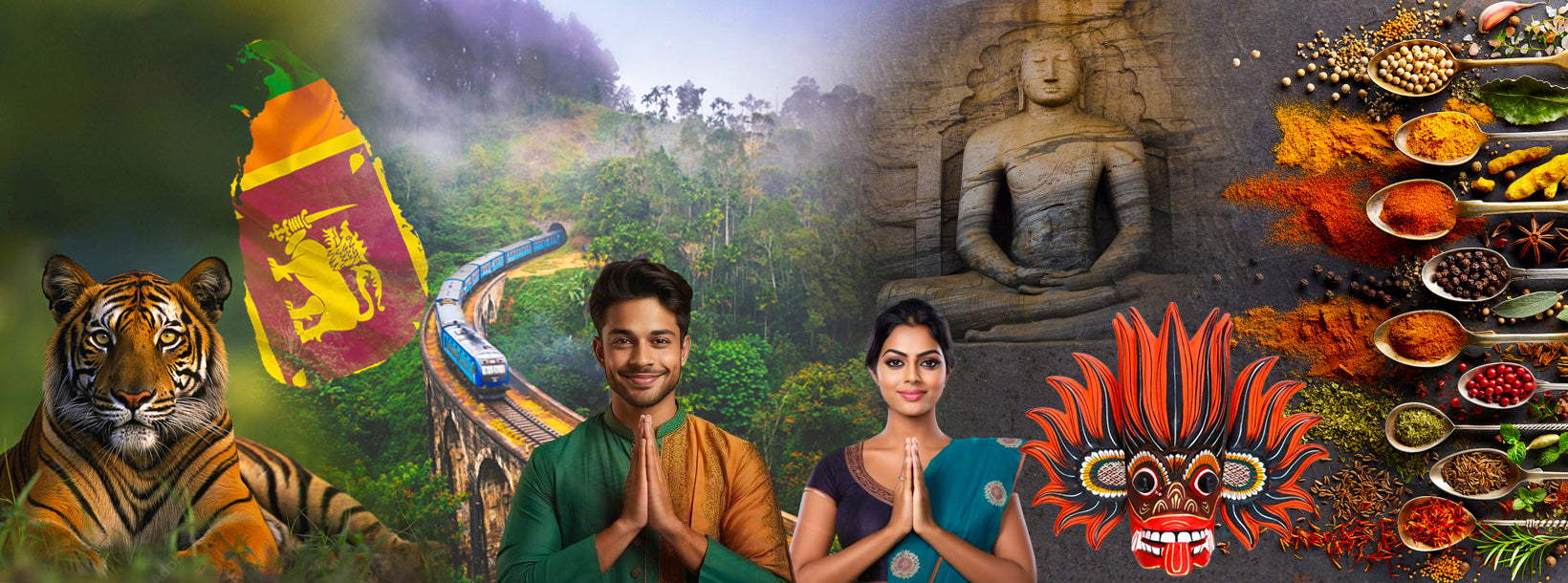
Sri Lanka
Sri Lanka, een eilandstaat in Zuid-Azië, staat bekend om zijn rijke culturele erfgoed, diverse landschappen en wilde dieren. Bezienswaardigheden zijn onder andere eeuwenoude tempels, ongerepte stranden, weelderige theeplantages en levendige festivals. De unieke mix van culturen, warme gastvrijheid en heerlijke keuken maken het land tot een fascinerende bestemming voor reizigers.
Chena Cultivation
Chena is regarded as the oldest form of cultivation in Sri Lanka, extending as far back as 5000 years in Sri Lankan history. Chena cultivation was a traditional practice and ancient Sri Lankans ensured that the environment was unharmed in the process. The techniques used to cultivate a chena depended on a range of variables including the climate, nature of soil as well as other environmental and topological factors of the area. Chena cultivation in Sri Lanka was mainly practiced by men; however, women and children also extended their aid in various ways such as protecting crops from raiding birds and animals.
Chena was cultivated collectively; each village had one chena plot which was divided into individual shares among the villagers. The wisdom behind this collaboration was borne out of desire to protect the surrounding forest. If each villager was allowed to clear their own plot of land for cultivation, the forest would soon disappear. Thus the village would collectively select one area of land for cultivation and share the yield.
Setting the Chena on fire
Chena farmers usually begin cultivation of chena during the final days of the dry season. This meant that once trees and vines are cut down in preparation, the dry bark and leaves – a consequence of the harsh sun – they burn readily. It takes at least two to three days for the area to burn completely.
Tilling the Chena
Providing seeds for cultivation is a requisite that every farmer must fulfill. All farmers usually have seeds in their possession to offer for cultivation as it is customary for them to preserve seeds from previous harvests in their ‘Dum Atuwa’ (a seed store).
Safeguarding the Chena
Various measures are taken to protect crop from birds and animals. Farmers would take temporary lodge in ‘Pela’ or watch huts to watch over and chase away birds and animals during the day and night. A Dandu Vata is built around the chena to keep away larger raiding animals. A Pambaya (scarecrow) and Takeya (a bell-type metal object) are installed to scare away birds and small animals.

